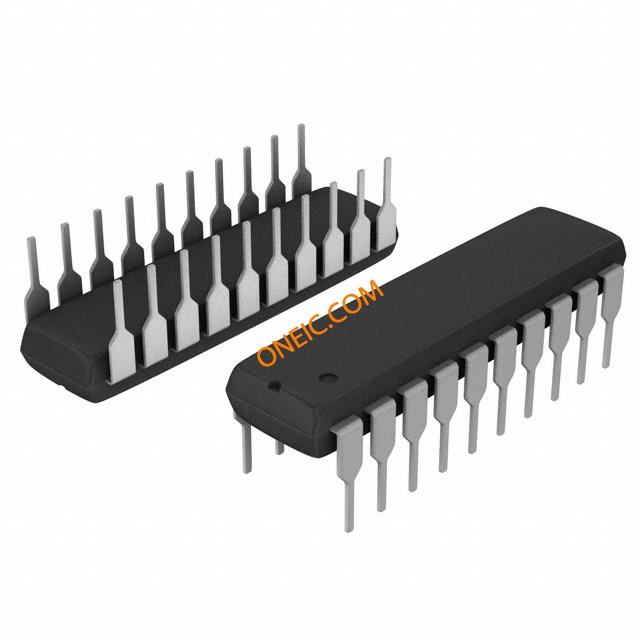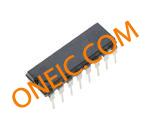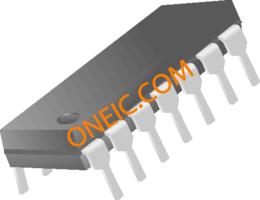M74HC374B1R
20-pin DIP D-type flip-flops for bus interface applications
Manufacturer: stm
series introduction
# Introduction to the M74HC374B1R Product Series
## 1. Overview
The M74HC374B1R is a member of the high - speed CMOS logic family, specifically a type of octal D - type flip - flop with 3 - state outputs. This product series is designed to meet the requirements of various digital circuit applications, offering a combination of high - performance features and reliable operation.
## 2. Key Features
### 2.1 High - Speed Operation
The HC (High - Speed CMOS) technology used in the M74HC374B1R enables it to operate at high clock frequencies. This makes it suitable for applications where fast data transfer and processing are required, such as in high - speed data acquisition systems, digital signal processing circuits, and high - performance microcontroller interfaces.
### 2.2 Low Power Consumption
CMOS technology also brings the advantage of low power consumption. The M74HC374B1R consumes significantly less power compared to traditional TTL (Transistor - Transistor Logic) devices. This is particularly important in battery - powered applications or systems where power efficiency is a critical concern, helping to extend the battery life and reduce overall power costs.
### 2.3 3 - State Outputs
One of the most notable features of the M74HC374B1R is its 3 - state outputs. In addition to the normal high and low logic states, the outputs can be placed in a high - impedance (Hi - Z) state. This feature allows multiple devices to share a common bus without interfering with each other. When a device's output is in the Hi - Z state, it effectively disconnects from the bus, enabling other devices to communicate freely. This is widely used in bus - based systems, such as computer memory interfaces and data communication networks.
### 2.4 Wide Operating Voltage Range
The M74HC374B1R can operate over a wide voltage range, typically from 2V to 6V. This flexibility allows it to be used in a variety of power supply environments, making it compatible with different types of systems and components. Whether it is a low - voltage portable device or a standard 5V industrial system, the M74HC374B1R can be easily integrated.
### 2.5 High Noise Immunity
CMOS circuits generally have high noise immunity, and the M74HC374B1R is no exception. It can tolerate a certain level of noise on the input signals without causing incorrect output states. This makes the device more reliable in noisy electrical environments, such as industrial control systems and automotive electronics.
## 3. Pin Configuration and Functionality
### 3.1 Pinout
The M74HC374B1R typically comes in a standard 20 - pin package. The pins are divided into input pins, output pins, control pins, and power supply pins.
- **Input Pins (D0 - D7)**: These are the data input pins. Each pin corresponds to one of the eight flip - flops in the device. The data present at these pins is latched into the flip - flops on the rising edge of the clock signal.
- **Output Pins (Q0 - Q7)**: These are the output pins that provide the latched data. The output state is determined by the data that was present at the corresponding input pin at the time of the rising clock edge.
- **Clock Pin (CP)**: The clock input pin. A rising edge on this pin causes the data at the input pins to be latched into the flip - flops.
- **Output Enable Pin (OE)**: This is a 3 - state control pin. When OE
Images for reference

20-DIP

Image Preview

Image Preview